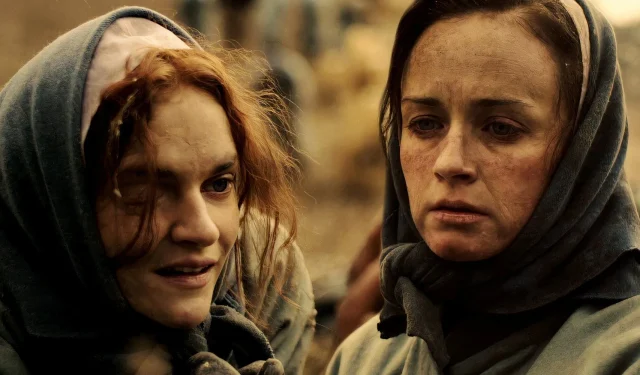Content Warning: This article discusses themes related to suicide.
The Return to the Colonies in The Handmaid’s Tale
In the climactic final chapter of The Handmaid’s Tale, the Colonies, Gilead’s terrifying forced labor camps, make a comeback. Although the focus has primarily been on the more prominent roles such as Wives and Handmaids, the other roles—including Aunts, Marthas, Jezebels, Econowives, and Unwomen—play pivotal parts in illustrating the oppressive nature of Gilead’s social structure. Following the cliffhanger ending of Season 5, we learn that Janine’s story has taken a dark turn as she finds herself at Jezebel’s, Gilead’s clandestine brothel where women are coerced into sexual servitude for the regime’s elite.
As anticipation builds for Season 6, critics highlight that the second half of the season is particularly rewarding, indicating that various story arcs will intertwine and escalate as rebellion sweeps through Gilead. Despite some key characters still absent from the roster, speculation arises regarding their fates—specifically whether they could have ended up in the oppressive Colonies first introduced in Season 2. With the series’ conclusion on the horizon, revisiting the Colonies and understanding their function within Gilead’s hierarchy is crucial, especially as the narrative builds towards dismantling Gilead’s tyrannical rule.
Geographical Context of the Colonies
Radioactive Wastelands Across Former U.S. States
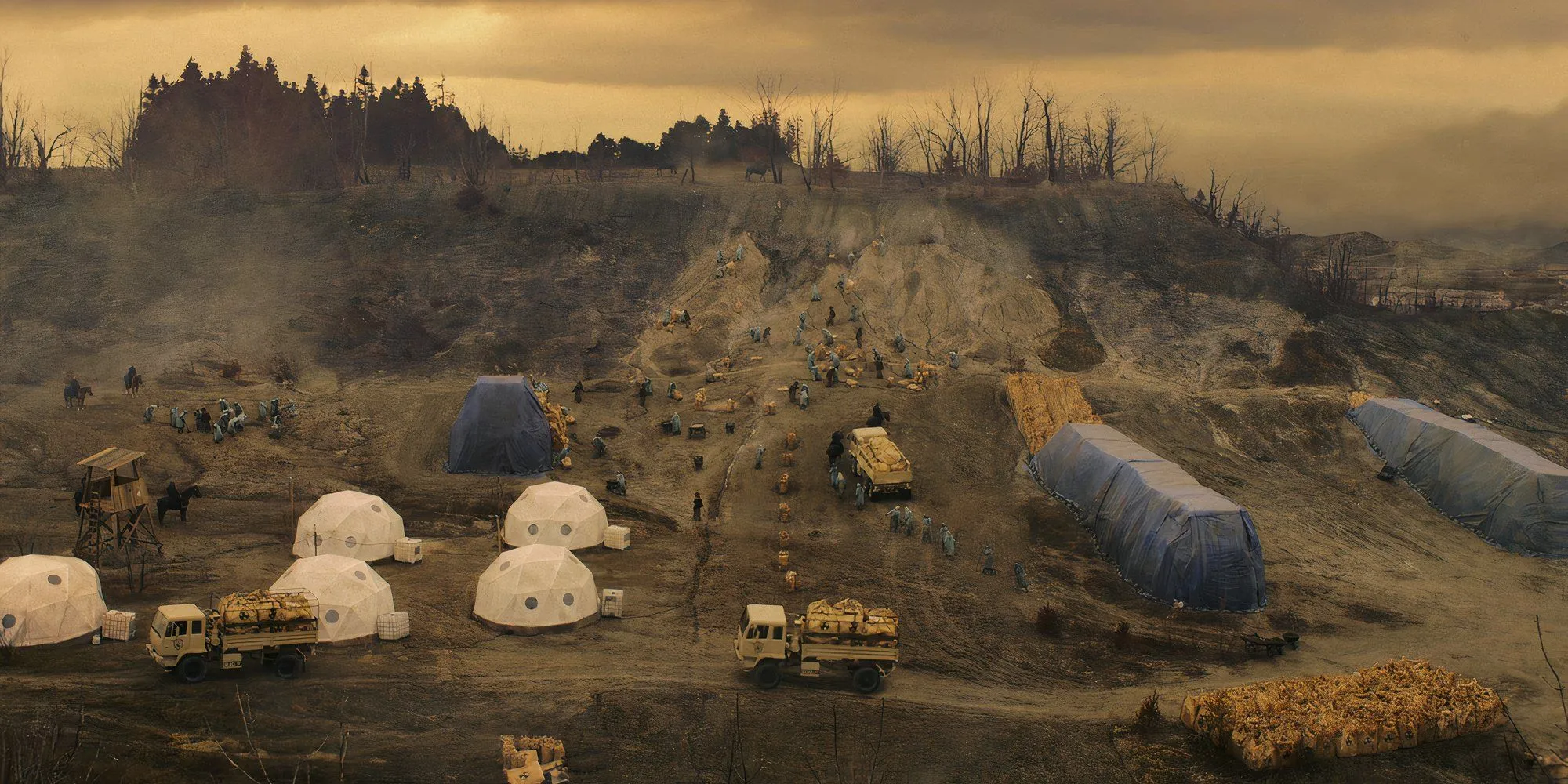
The depiction of the Colonies evolves with the series, notably featuring the Magdalene Colonies following June’s daring rescue of children fleeing to Canada. These regions are imagined as radioactive wastelands, with Gilead’s maps suggesting possible sites across states like Arizona, Arkansas, California, and Missouri. The colonies serve a dual purpose; they are portrayed as both sites of punishment and a means of addressing environmental degradation, purportedly to restore fertility to a land ravaged by toxic waste and nuclear fallout.
Purpose and Punishment of the Colonies
Punitive Measures Masked as Environmental Restoration

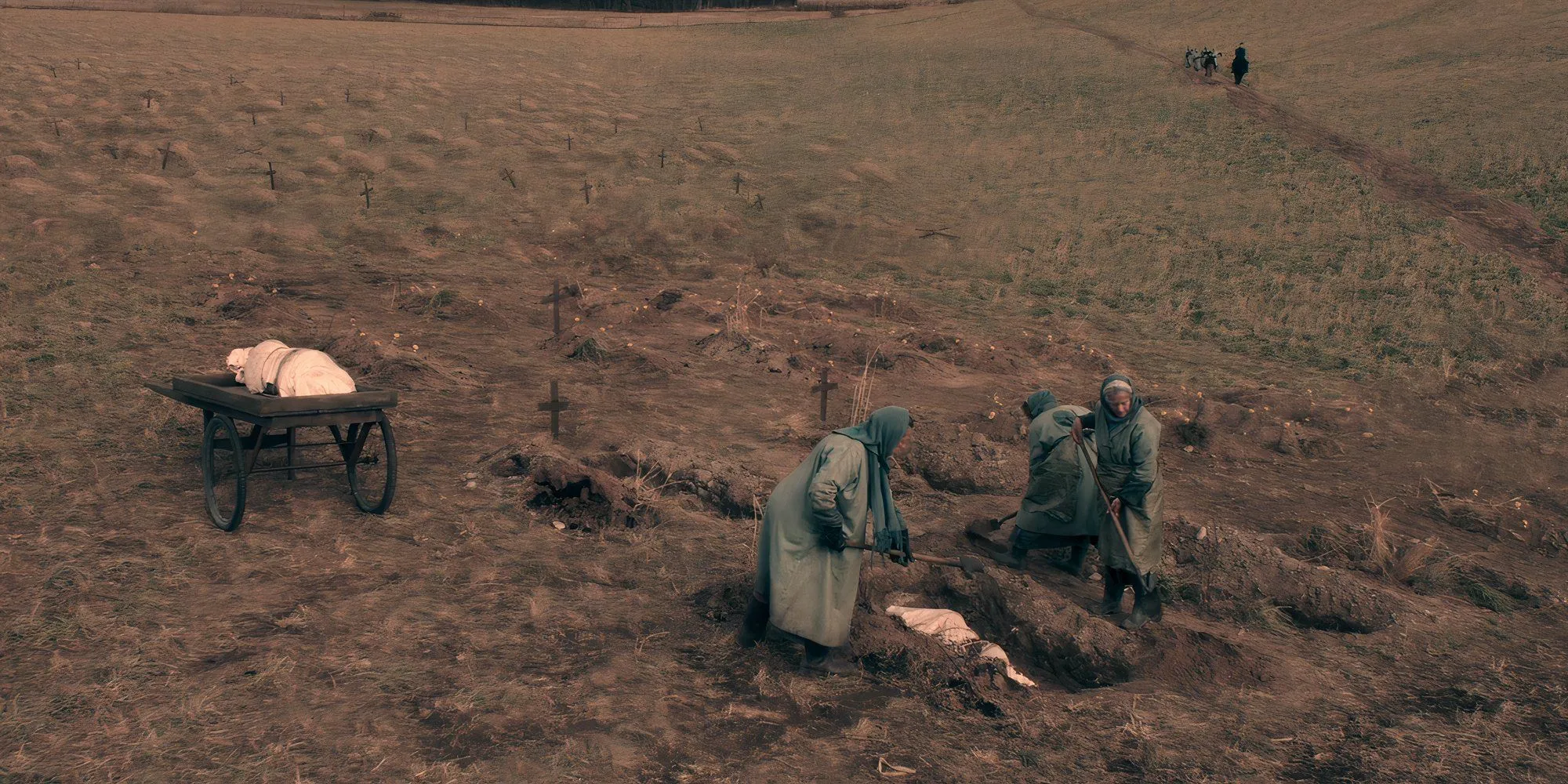
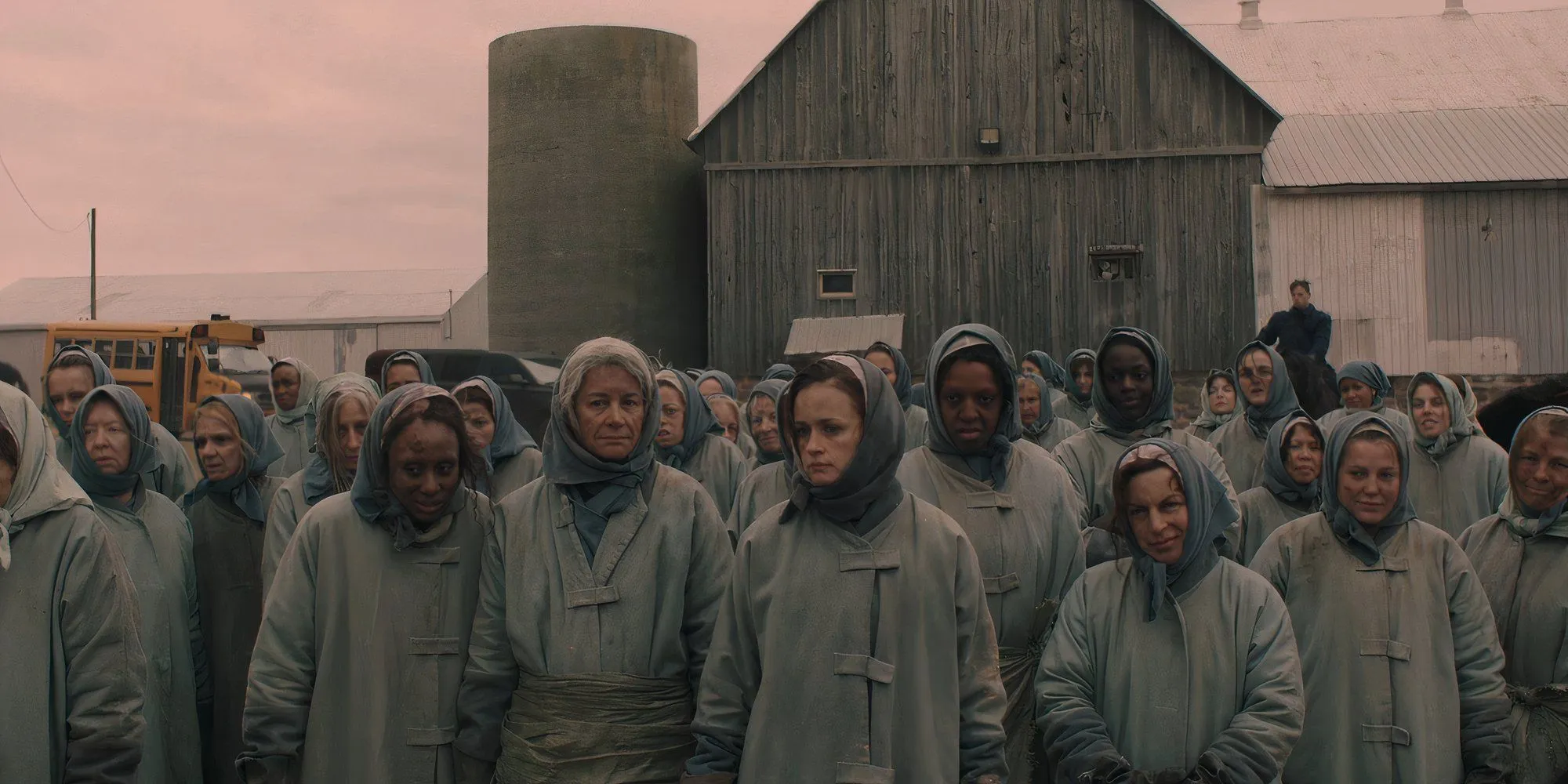
In The Handmaid’s Tale, the Colonies operate as cruel labor camps for women deemed “Unwomen.”Under the supervision of Guardians and Aunts in protective gear, these women are forced to engage in backbreaking work, purportedly to clean radioactive soil. However, the Colonies represent more of a death sentence than an actual effort for environmental renewal. Mckenna Grace’s character may become a victim of this oppressive fate in the upcoming season.
The potential spinoff, The Testaments, based on Margaret Atwood’s sequel, is expected to explore the origins and implications of the Colonies further through Ann Dowd’s pivotal character. The ever-looming threat of being sent to the Colonies hangs over nearly all female characters, including Emily, who already faced this grim reality. Factors leading to this drastic consequence range from failing reproduction to acts of defiance or perceived disobedience. For many, being sent to the Colonies equates to receiving a terminal sentence, with only fertile Handmaids occasionally reprieved for the sake of increasing birth rates.
The Perils of Life in the Colonies
The Harrowing Reality of Overwork, Starvation, and Contamination
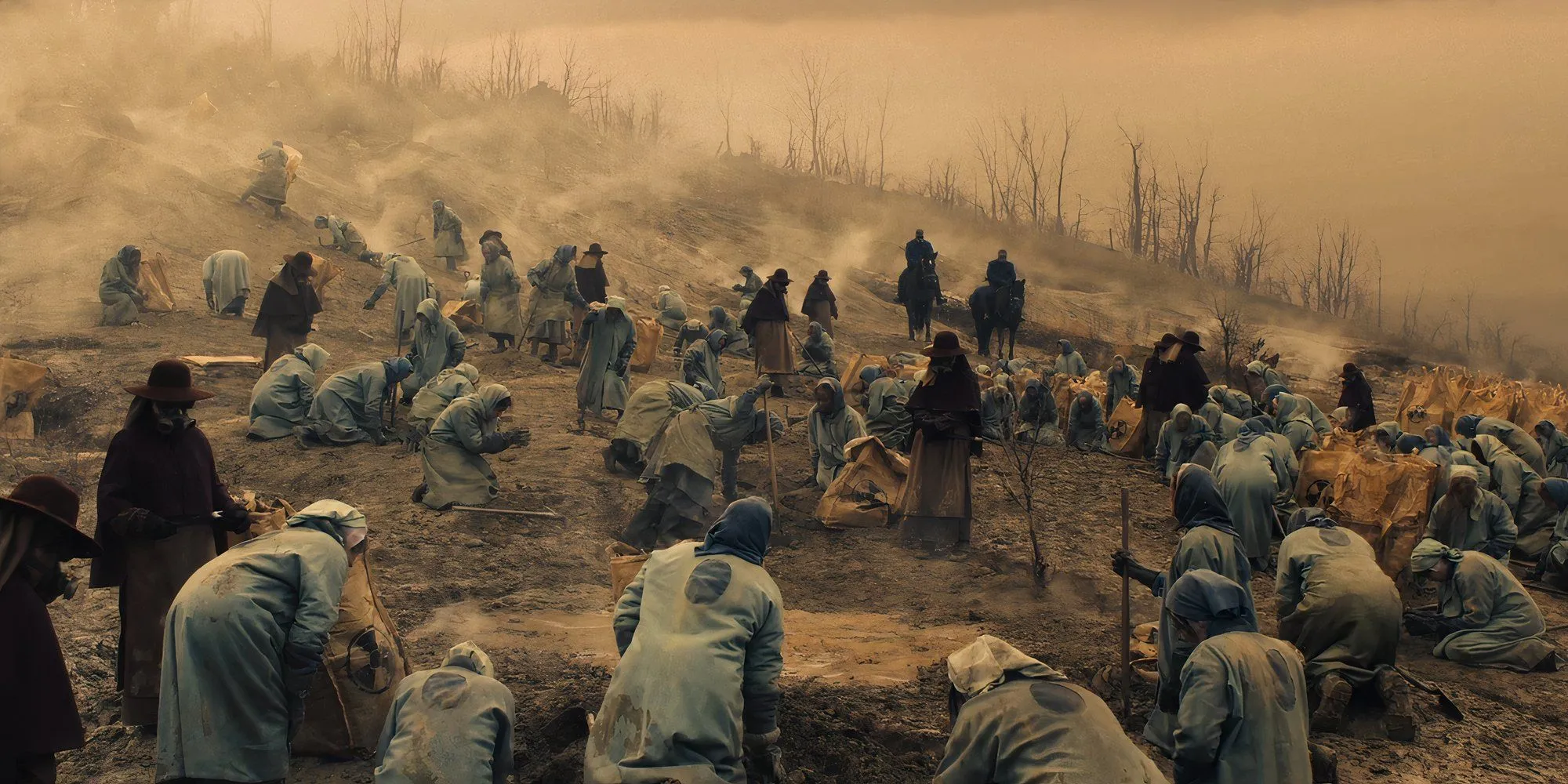
The Colonies are not merely inhospitable environments; they are effectively death traps. The radioactive waste causes severe health repercussions, including skin conditions and various forms of cancer. Unwomen are forced to use contaminated water, often leading to gastrointestinal diseases. The confluence of malnutrition, hard labor, and polluted resources means that many women typically perish within three years, with numerous deaths occurring much sooner. The morbid reality that corpses are frequently buried underscores the grimness of life in the Colonies, where those volunteering for burial duties are tantalized with the dubious reward of a single egg for breakfast.
As described poignantly by Emily, “We come here, we work, we die.” While the Colonies have not appeared on screen since Season 2, their reintroduction in the final episodes is anticipated. The future remains unknown for characters like Emily and Esther; while Emily may have returned to Gilead seeking revenge, Esther was last seen in desperate circumstances, pregnant and chained after a suicide attempt. Should their narratives take a darker path offscreen, it’s plausible they ended up amongst the forsaken in the Colonies.
